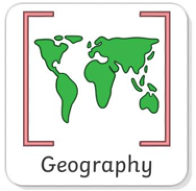Friday
28.02.25
LC- To convert years to months and weeks to days.

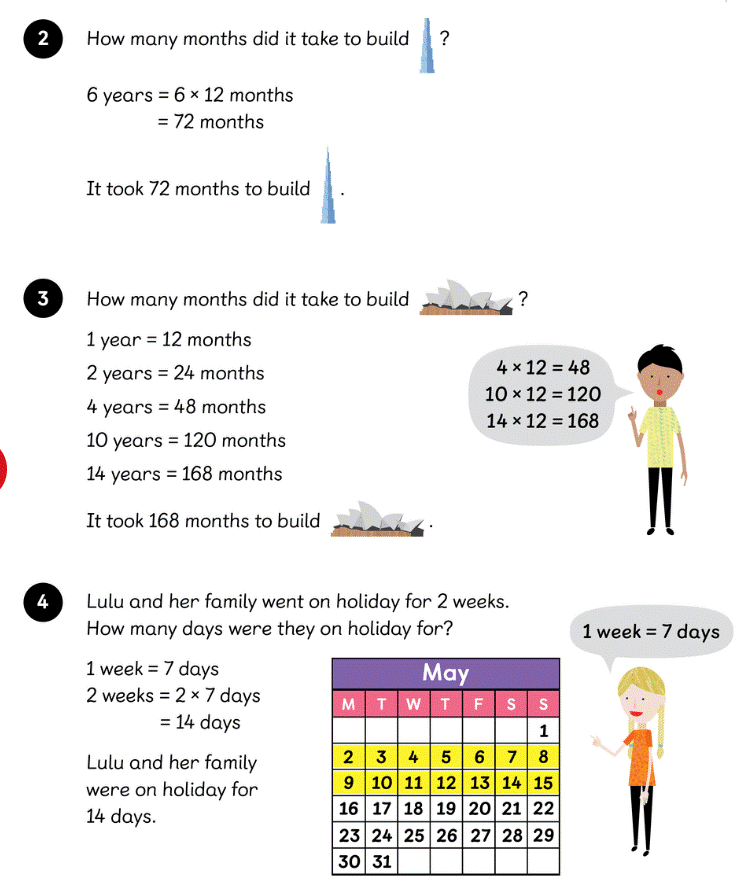
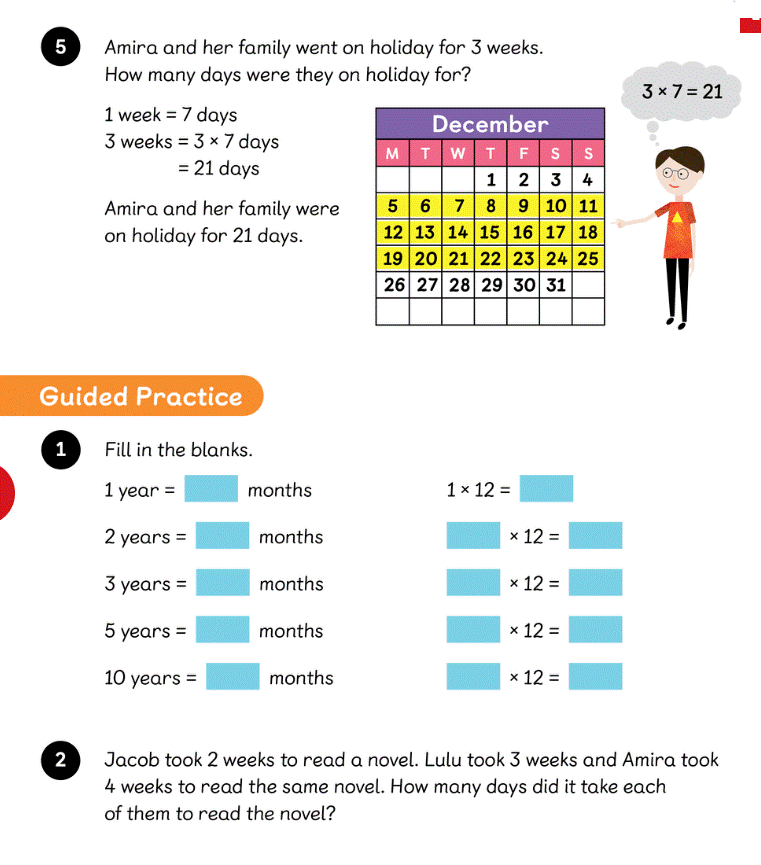
Complete worksheet 5 pages 211 and 212.
Friday 28th February 2025
LC- To understand where the Earth's volcanoes are located.
Discuss the following question in pairs.
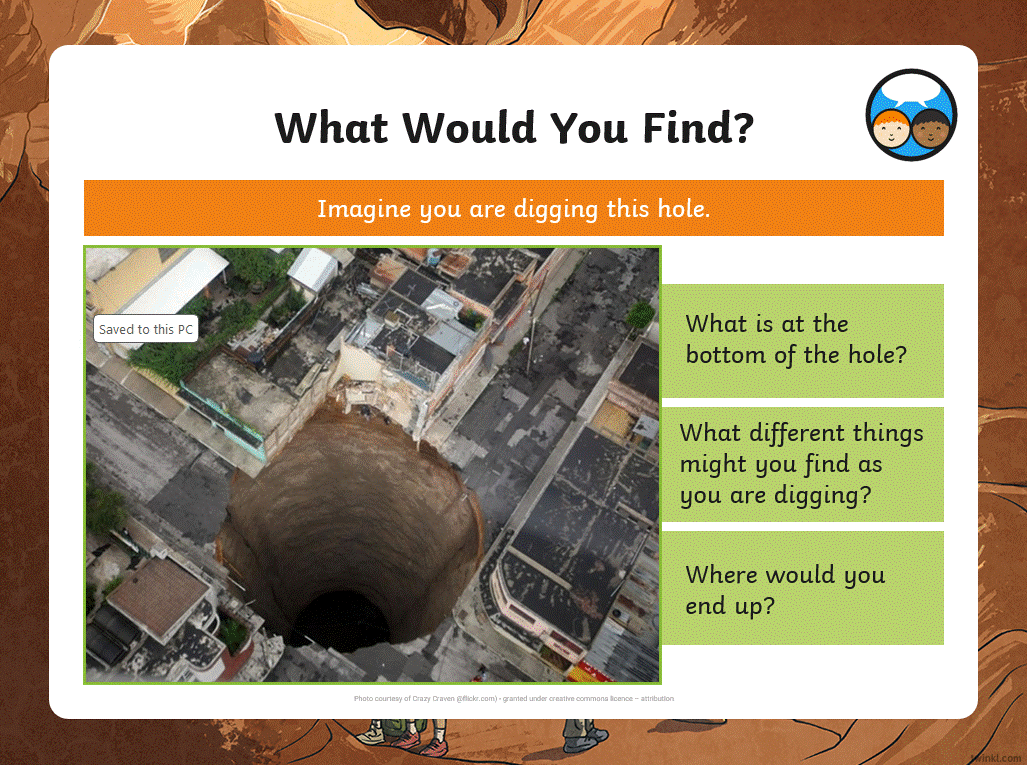
We live on the Earth's crust. It seems very hard because we build on it and we don't sink into the floor. But what is further underneath us?
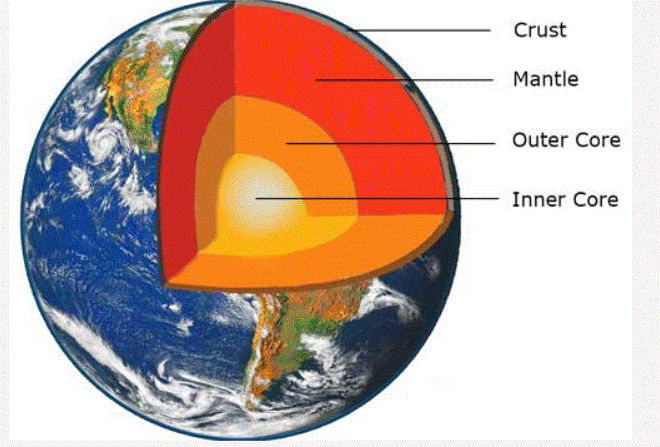
Lets' learn more about each of these sections.
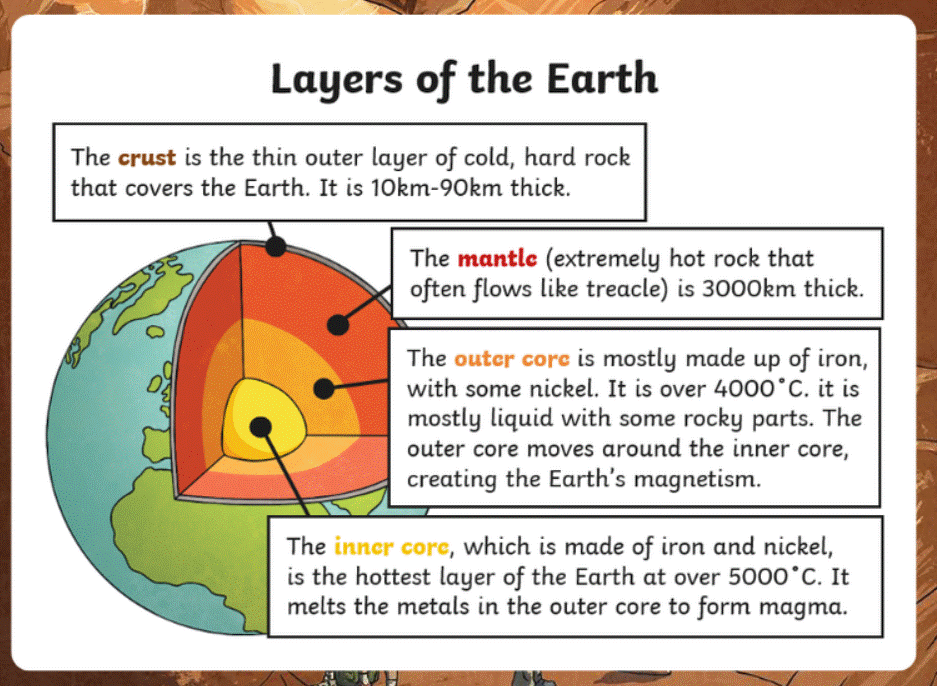
So the areas underneath us are not hard and firm but are hot and move.
What would happen if the Earth's crust broke and hot liquid came out? Do you think that could really happen?
What are tectonic plates?
The Earth’s surface is called the crust. It is made up of different rocky sections called tectonic plates, which fit together like a jigsaw covering earth.
Tectonic plates are located all over the world. They cover the Earth’s inner layers and act as a sort of shell below the ground and the sea. The plates that are below the continents (land) are known as continental plates. The plates that are covered by the ocean are called oceanic plates. These are thinner and heavier.
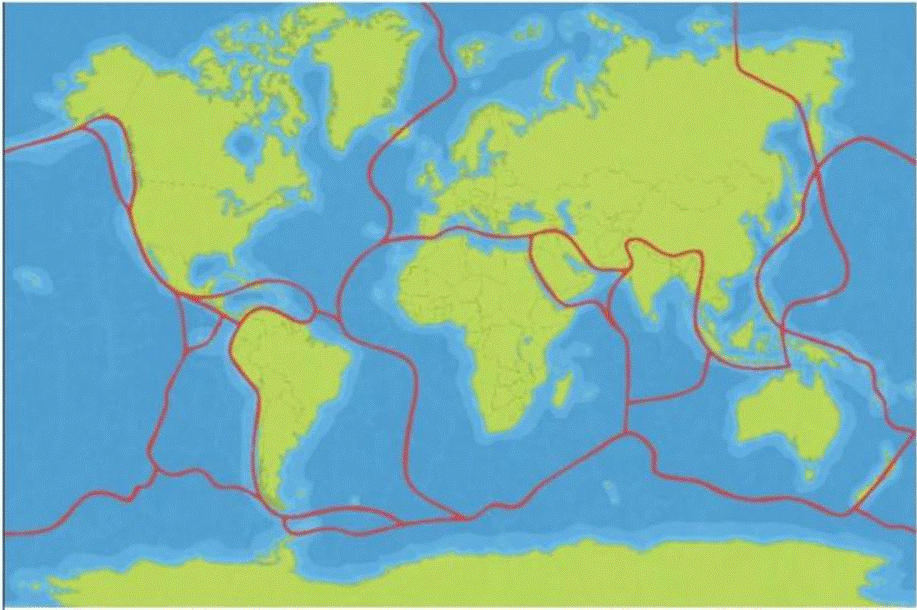
What causes tectonic plates to move?
Tectonic plates can move about on the softer mantle underneath them. This is because the heat from the inner layers of the Earth’s is melting the mantle that the tectonic plates sit on. A way that you can visualise this happening for yourself is to take an ice cube and place it on a dinner plate. As the heat of the dinner plate melts the ice, it slides around. This is like tectonic plates moving on the Earth’s soft mantle layer.
The plates can move towards each other, away from each another, or rub against each other. On average, they move at a rate of about 1 to 10 cm every year. This is too slow for us to feel them move, but we can see the results over the course of millions of years.
What happens when tectonic plates collide?
Although tectonic plates move at a rate of only a few centimetres per year, when they collide with force it can have a huge effect on our planet. As the plates bump into each others, it causes a lot of movement and friction. This can result in the creation of mountains, volcanoes, earthquakes and tsunamis.
Volcanoes
A volcano is formed when two tectonic plates collide, and the heavier plate slides below the lighter plate into the Earth’s mantle.
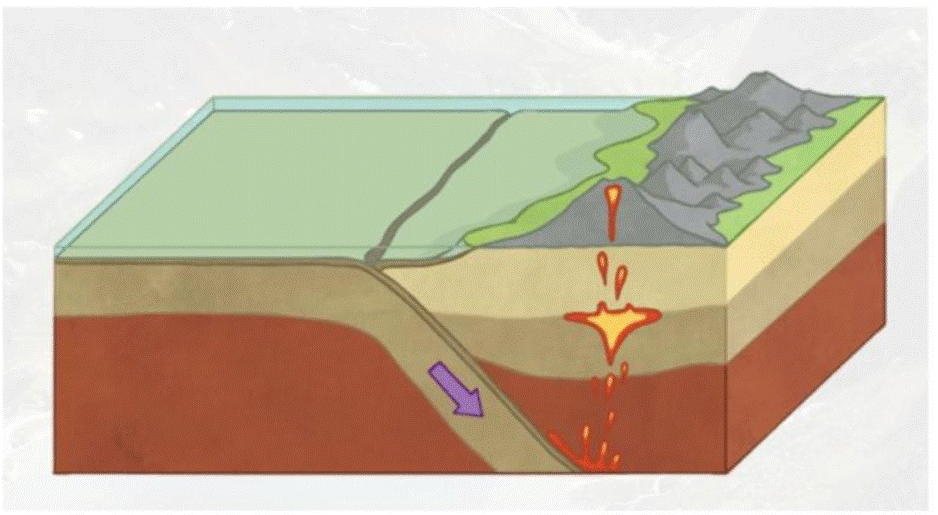
Deep in the Earth, it is extremely hot. It is so hot, in fact, that rocks actually melt and form a hot liquid known as magma. As the heavier plate slides underneath the lighter one, it disappears into the Earth’s hot mantle and melts. The force of the plate causes the magma to leak out onto the surface of Earth, forming the volcano. As magma leaks out, it cools and forms into rock. Over time, as more magma erupts out of the volcano it creates more rock, increasing the size of the volcano each time it erupts. It also releases hot ash and gasses to escape from inside the Earth.
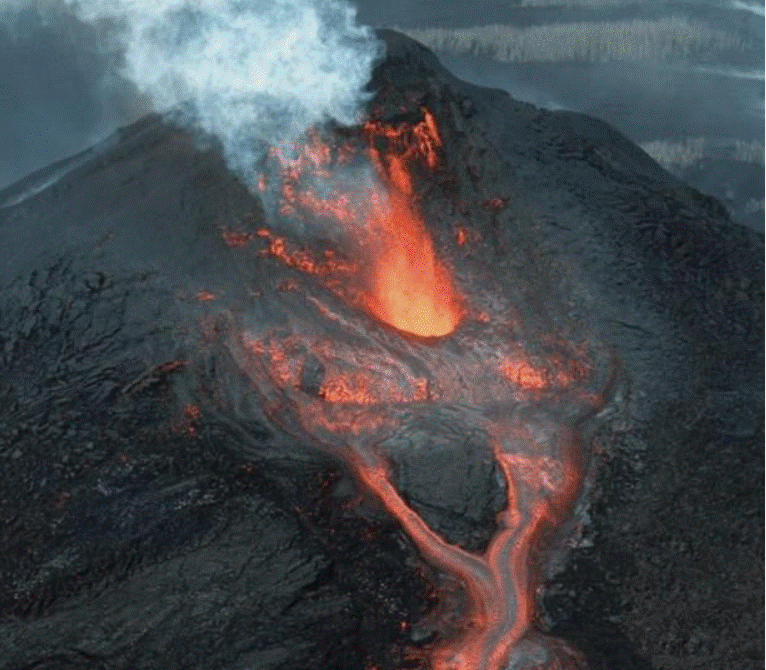
Where are Volcanoes found?
Volcanoes are found on both land and the ocean floor. When volcanoes erupt on the ocean floor, they often create underwater mountains and mountain ranges as the released lava cools and hardens. Volcanoes on the ocean floor become islands when the mountains become so large they rise above the surface of the ocean.
There is one place on Earth where volcanoes are most common, known as The Ring of Fire. It’s a horse-shoe shaped line located around the edge of the Pacific Ocean, spanning 25,000 miles. The Ring of Fire is home to at least 452 volcanoes, which is around 75% of all volcanoes on the planet.

So the Earth's crust can break and when it does, the hot dangerous liquid escapes to the surface.
Video
Task: In your own words explain,
What are tectonic plates?
What happens when there is an opening in the Earth's crust?
Where are most of the Earth's volcanoes located?





